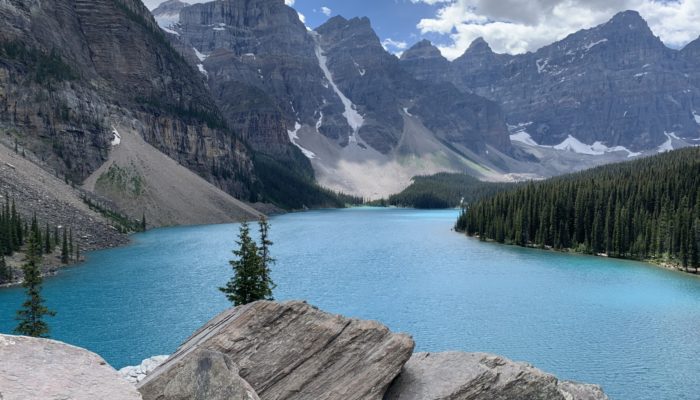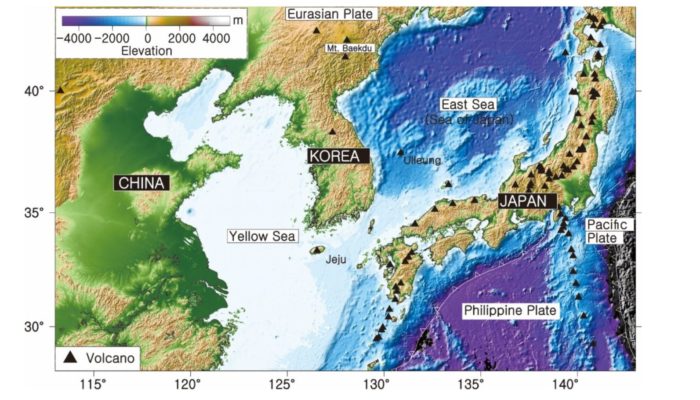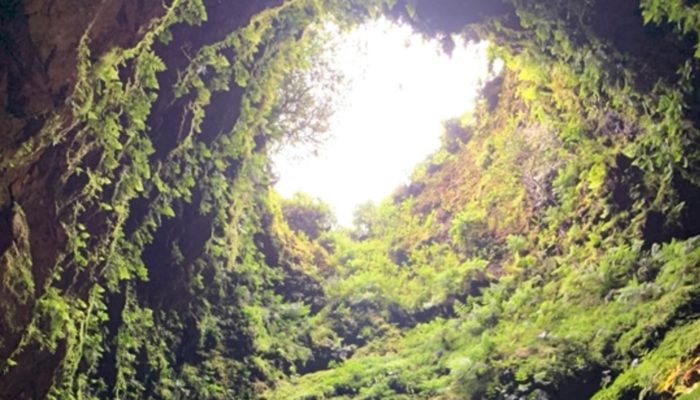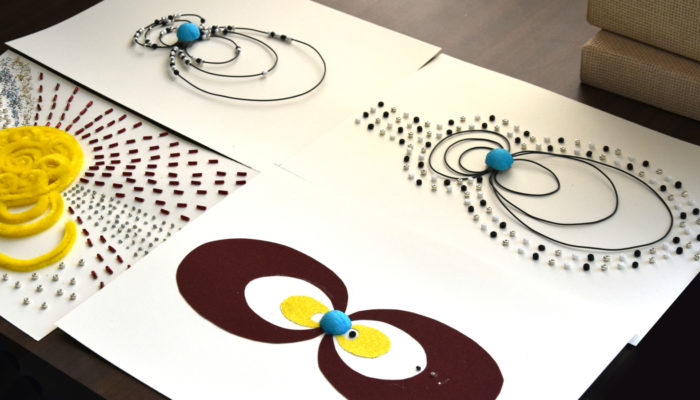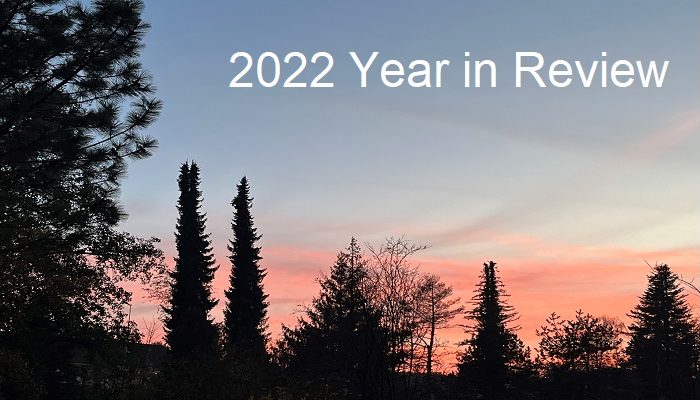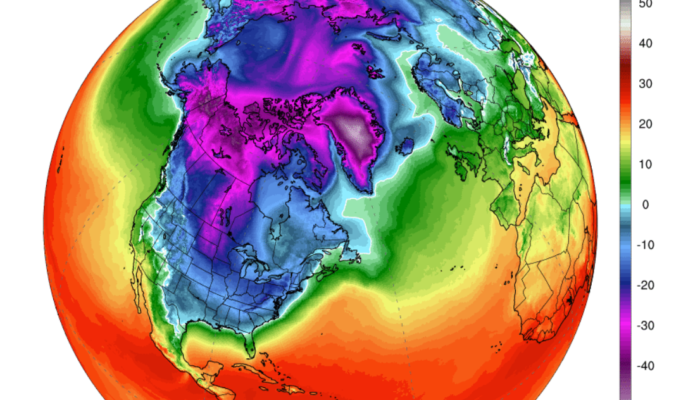Introduction In 2022 I was asked to put together a virtual field trip looking at carbon sequestration (CCS). We are particularly lucky in Alberta in having three excellent Cambrian targets for CCS including the Basal Cambrian Sandstone, currently being used for CCS in Shell’s QUEST project, quartzites of the Deadwood Formation (being utilized for a CCS project in Saskatchewan) and the Gog Quartzit ...[Read More]
If you didn't find what you was looking for try searching again.
Geodynamics
Arc and Intraplate Volcanism in Northeast Asia Since mid-Miocene: Numerical model studies
Northeast Asia may be one of the best natural laboratories to investigate both arc and intraplate volcanisms which have developed since the mid-Miocene. The arc volcanoes have occurred above the sinking young (Philippine) and old (Pacific) oceanic plates in Southwest and Northeast Japan subduction zones, respectively. The intraplate volcanoes across the Korean Peninsula and China have occurred abo ...[Read More]
Seismology
Seismic Swarms in the Azores
Will Sturgeon – Post-Doc at the Earth Sciences Department of University College London, UK – takes us on a journey to the Azores to deploy seismometers in response to the seismic swarm earlier in 2022… Protruding from the central Atlantic Ocean, about 1,400 km west of Lisbon, is an archipelago of nine volcanic islands, known as the Azores. Also described as “Europe’s Hawaii”, the ...[Read More]
Biogeosciences
What’s new at EGU23?
EGU23 is back with longer talks, posters and PICO sessions! While EGU is always great to catch up with colleagues in classical sessions offered every year, here, we want to highlight some new sessions that will premier at EGU23. We have selected a few from each Subdivision to show the broad range of topics covered. General Biogeosciences The PICO session “It’s all about migration!” focuses on migr ...[Read More]
GeoLog
GeoPolicy: What’s coming up for 2023?
2022 was an exciting GeoPolicy year with many new science for policy projects and opportunities beginning and others being restored after a 2020/2021 pause due to COVID19. In 2023, we hope to build on EGU’s current initiatives and bring you yet more opportunities to engage and get involved in European policy! This blog post will kick-off the New Year by outlining a few of the key science for polic ...[Read More]
GeoLog
A touch of space weather! An EGU funded outreach project for blind and visually impaired students
We can all probably agree that the Northern Lights are one of the world’s most spectacular natural displays. But how do we share this beauty with children who are blind? How do we explain the processes behind the aurora creation to the visually impaired when all the illustrations of Earth’s magnetosphere are in 2D? The Northern Lights are just one of the consequences of ‘space weather’. Space weat ...[Read More]
Nonlinear Processes in Geosciences
Can Artificial Intelligence replace scientists to explain Climate Change? Find it out in our first interview to… ChatGPT!
Figure: DallE (the visual cousin of ChatGPT) has produced this image when I asked for “a cartoon showing a climatologist with research articles walking on a weather map” As a communication officer of the division of Nonlinear Processes I started to write posts for the EGU blog a few years ago and I found it a very difficult task: one has to find the right scientific sources about arguments ...[Read More]
Hydrological Sciences
2022 Recap of the HS Blog
Thinking about the past year, one of the highs of the year was definitely seeing the EGU General Assembly back to Vienna in May. The first-ever fully hybrid EGU meeting was a great success with over 12,000 presentations. Most of all, it was great seeing our hydrological sciences community meeting in person again. Many constraints prevented us from having all the features we love in the GA meeting, ...[Read More]
Nonlinear Processes in Geosciences
The Great Cold Debate: Is Climate Change to Blame for Extreme Cold Spells?
In December 2022, the United States experienced a severe cold spell, with record-low temperatures being recorded in many parts of the country. While it is natural for cold spells to occur, the question has arisen as to whether climate change is playing a role in the intensity and frequency of these events. There is ongoing debate among scientists about the relationship between climate change and ...[Read More]
Geodynamics
Holiday movies to watch
Iris and Menno have made fantastic science movie recommendations in the past couple of years – covering the base for bad-science movies. Since the AGU frenzy is finally over and the upcoming holidays beckon us, I went in a different direction and prepared a list of some of my feel-good holiday movies. 1. The Little Prince This is a fantasy movie based on a popular children’s book. The movie is cen ...[Read More]

